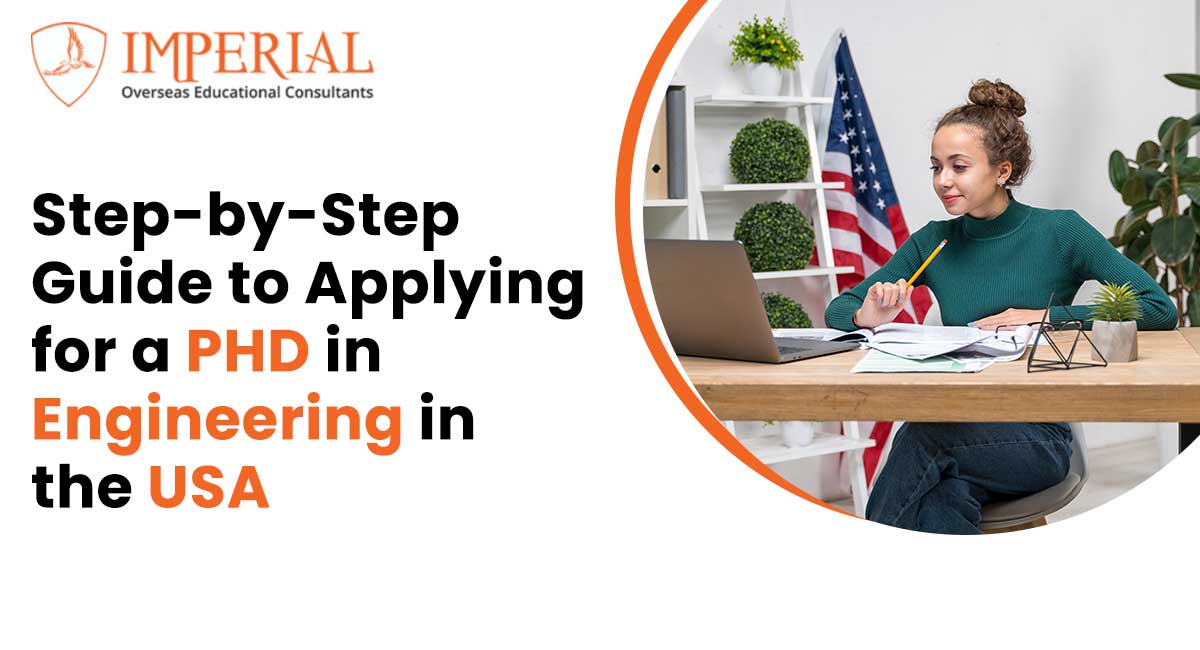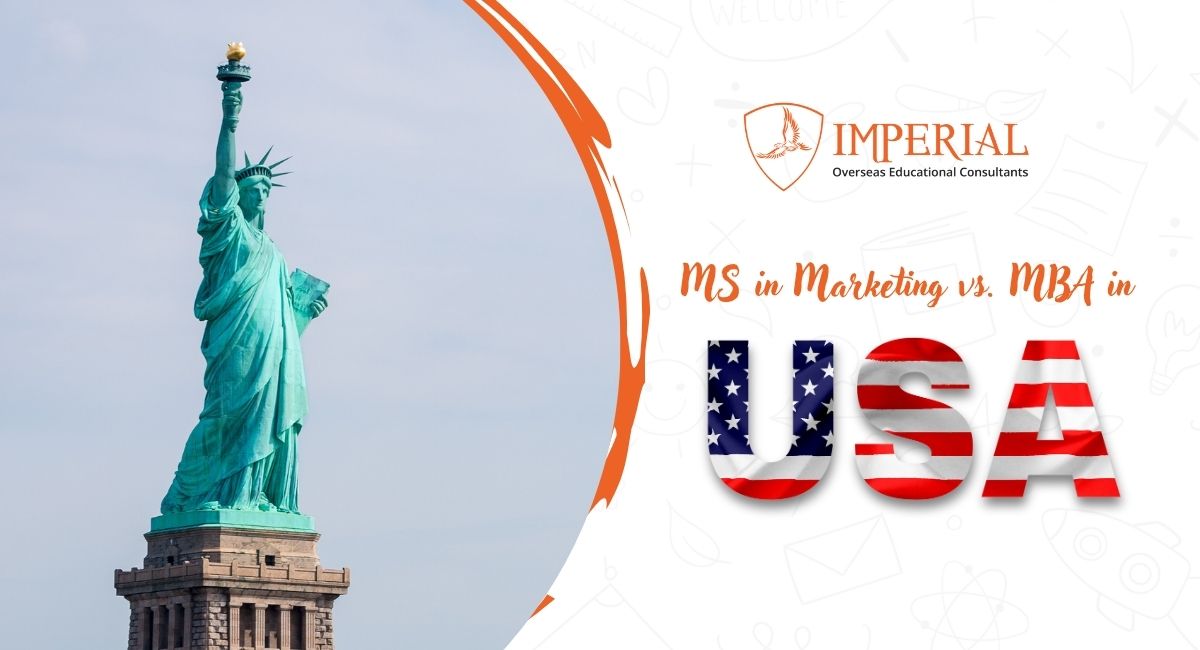
Step-by-Step Guide to Applying for a PhD in Engineering in the USA
Thinking about pursuing a PhD in Engineering USA? It’s an exciting journey but can definitely feel a bit overwhelming at times. With so many steps from choosing the perfect university to figuring out how to fund your studies it’s easy to get stuck wondering where to start. But don’t worry! With the right plan and guidance, you can take on this challenge step-by-step and make your dream of studying in USA a reality. Let’s break down the process together so it feels a lot more manageable and doable.
Why Pursue a PhD in Engineering in the USA?
The United States is home to some of the world’s most prestigious engineering schools, offering cutting-edge research opportunities and state-of-the-art facilities. For Indian students, a PhD in Engineering USA not only provides access to world-class education but also opens doors to global career prospects in academia, industry, and research institutions.
Step 1: Research and Select the Right Program
Begin by identifying universities that offer PhD programs aligning with your research interests. Consider factors such as faculty expertise, research facilities, and the university’s reputation in your chosen field.
Step 2: Understand the Eligibility Criteria
Most universities require:
- A Master’s degree in a relevant field
- A minimum GPA of 3.0 on a 4.0 scale
- Letters of Recommendation (LORs)
- A Statement of Purpose (SOP)
- A current resume or CV
- Standardized test scores (GRE/TOEFL/IELTS)
It’s important to note that some universities have waived the GRE requirement for certain PhD programs. For instance, institutions like MIT, Purdue, and Northwestern focus on academic achievements, research experience, and SOPs instead of standardized test scores.
Step 3: Prepare for Standardized Tests
Depending on the program, you may need to take:
- GRE (Graduate Record Examination): Assesses verbal reasoning, quantitative reasoning, and analytical writing.
- TOEFL (Test of English as a Foreign Language) or IELTS (International English Language Testing System): Measures English language proficiency.
Get ready early and try to get scores that meet or beat the requirements of the program.
Step 4: Craft a Compelling Statement of Purpose (SOP)
Your SOP should:
- Clearly state your research interests and career goals
- Highlight your academic achievements and relevant experience
- Demonstrate why you are a good fit for the program and how it aligns with your aspirations
A well-written SOP can significantly enhance your application.
Step 5: Secure Strong Letters of Recommendation
Obtain LORs from professors or professionals who are familiar with your academic and research capabilities. Strong recommendations can provide insight into your potential as a researcher and scholar.
Step 6: Submit Your Application
Fill out the online forms for the universities you want to attend. Ensure all required documents, including transcripts, test scores, SOP, and LORs, are submitted before the deadlines. Most PhD programs in the USA have application deadlines in December or January.
Step 7: Explore Funding Opportunities
In the US, getting a PhD can be very expensive. However, there are many ways to get money:
- University Fellowships and Assistantships: Many universities offer teaching or research assistantships that provide stipends and tuition waivers.
- External Scholarships: Fulbright-Nehru Fellowship offers financial support for PhD in USA for Indian students pursuing doctoral studies in the USA.
- Government Scholarships: The Indian government and various organizations offer scholarships for students studying in the USA.
Step 8: Apply for a Student Visa
Once admitted, you will need to apply for an F-1 or J-1 student visa. The process involves:
- Paying the SEVIS fee
- Scheduling a visa interview at the nearest U.S. embassy or consulate
- Providing necessary documentation, including your I-20 form, passport, and financial statements
Step 9: Prepare for Departure
Before leaving, ensure you:
- Arrange accommodation
- Set up a U.S. bank account
- Familiarize yourself with the university’s campus and resources
- Learn about the U.S. culture and what people expect from you.
Step 10: Arrive and Begin Your PhD Journey
Upon arrival, attend orientation sessions, meet with your academic advisor, and start engaging in research activities. Remember, pursuing a PhD is a marathon, not a sprint. Stay focused, seek support when needed, and immerse yourself in the academic community.
Conclusion
Getting a PhD in engineering USA is a big commitment that needs careful planning and hard work. By doing these things and using the tools that are out there, you can get through the application process easily and start a great academic journey.
At Imperial Overseas Education Consultants, we specialize in guiding students through the complexities of studying abroad. Our professional counselors give you one-on-one help with everything, from choosing a university to applying for a visa, so you can easily get to your academic destination. Get in touch with us right away to start your path to a successful PhD in the USA.
FAQs
Most programs want applicants with a Master’s degree, but some universities may accept exceptional applicants with a Bachelor’s degree if they have strong academic credentials and research experience.
Yes, some universities have done away with the GRE requirement for some PhD programs. Instead, they focus on academic performance, research experience, and other parts of the application.
In the United States, it usually takes between 5 and 7 years to finish a PhD program in engineering, but this depends on the area of research and the student’s progress.
Look into possible advisors by reading their published work, looking at their faculty profiles on university websites, and getting in touch with them directly to talk about your research interests and the possibility of working together.
Graduates can work in research institutions, businesses, or the government. International students can work in STEM fields in the U.S. for up to three years through the Optional Practical Training (OPT) program.



